CLIMATE ACTION REPORT
Hong Kong’s contribution to the Paris Climate Agreement goals
Hong Kong faces its own share of threats from climate change, yet it is far from achieving its responsibility towards the Paris Climate Agreement goals. The conclusion we draw after the first year of research is that Hong Kong is far from achieving either its responsibilities or its potential. To make a realistic assessment of Hong Kong’s performance against the agreement, we have addressed the component parts of the Paris Agreement with five questions:
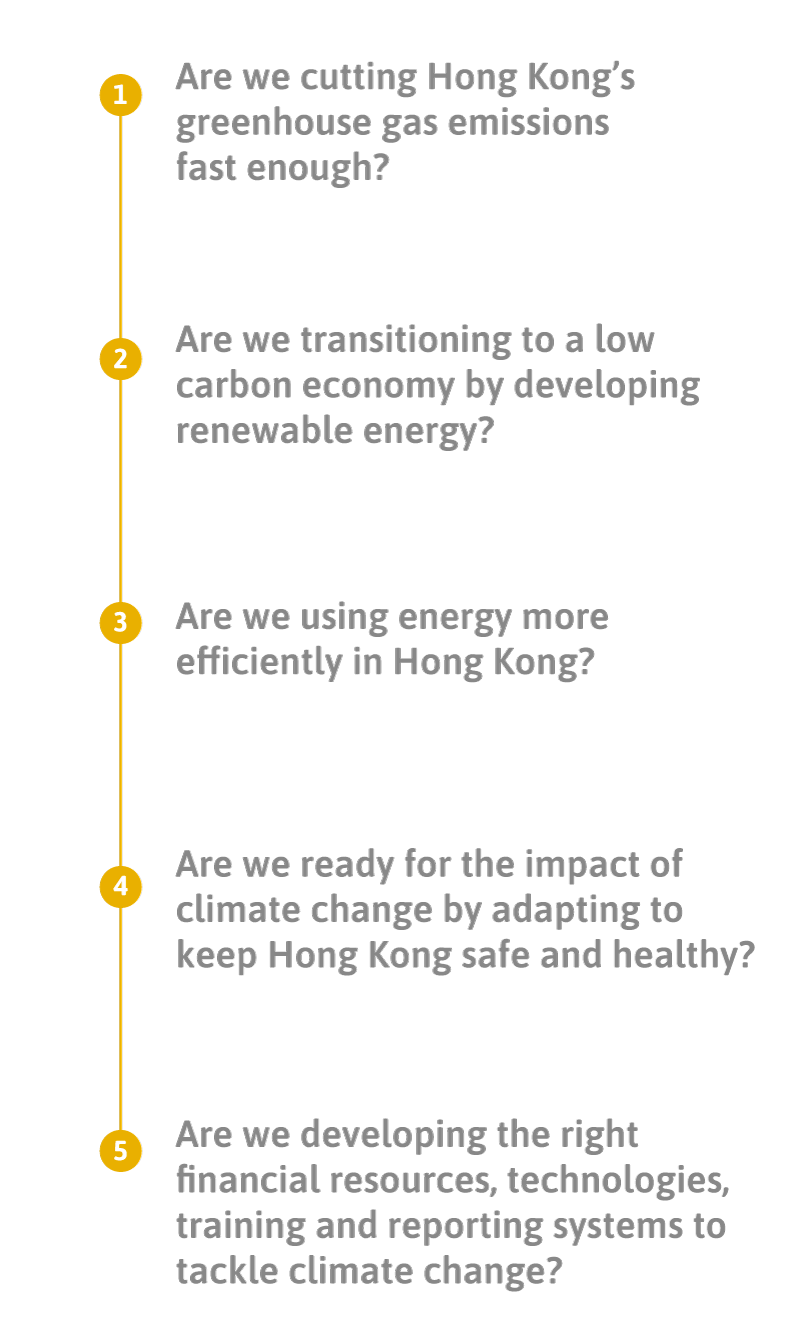
1.Are we cutting Hong Kong’s greenhouse gas emissions fast enough?
No! For a city of Hong Kong’s affluence, we are behind target to cut our emissions by 2030 at a level that will lead to carbon neutrality by 2050. That’s the target we must achieve to avoid human catastrophe according to the UN scientists as well as the C40 Cities alliance to which Hong Kong belongs.
In 2015, each person in Hong Kong emitted an average of 5.7 metric tonnes of CO2 equivalent (tCO2e) of greenhouse gasses (GHGs). The scientists, engineers and city climate action group C40 Cities tell us that the target for cities like Hong Kong should stand at 2.0 tCO2e per capita by 2030 and achieve carbon neutrality by 2050 if we are to avoid catastrophic impact of temperature rises above 1.5°C
Hong Kong’s official Climate Action Plan targets emissions of between 3.3 and 3.8 tonnes per capita by 2030, exceeding the C40 Cities 2030 goal by 78%. This would make the 2050 target of to net zero emissions a much greater challenge.
Not only is Hong Kong falling short of essential 2030 targets, but even current targets lack a clear action plan for their achievement. HK will be able to reduce GHGs substantially with its long-standing plan to replace coal-fired electricity generation with natural gas. But after reaping the gains from this fossil-to-fossil energy transition, there is no clear strategy for speeding up Hong Kong’s emissions reduction beyond 2030.
2.Are we transitioning to a low carbon economy by developing renewable energy?
Current renewables levels are an embarrassment. Worse, future targets don’t show a recognition of the importance of a move to renewable energy. Hong Kong’s present and future renewable targets fall behind those of Guangzhou, Seoul, Shenzhen Singapore and Tokyo. If Hong Kong doesn’t raise ambition levels regarding renewable energy it cannot possibly meet its responsibilities towards the Paris Climate Agreement.
Hong Kong has the lowest renewable targets of the cities we have examined. Hong Kong’s current renewable energy plans leave us 15 times worse than Shenzhen’s renewable percentage and 12 times worse than China’s nation-wide renewable target.
Hong Kong has significant potential for renewable power generation with some studies suggesting we could generate up to 21% of its energy needs from renewable sources within the territory.
Current 2030 targets for 3-4% renewables are many times less than this potential, without taking into account rapid improvements in renewable energy and storage technologies, or the massive potential for investment in cross-border renewable energy projects.
3.Are we using energy more efficiently in Hong Kong?
Not in a joined-up way. When it comes to combatting climate change, reducing the energy we use is as important as generating that energy cleanly. Key areas for action on efficiency in Hong Kong must be buildings and transport which together account for some 80% of the territory’s emissions. Yet we lack comprehensive and consistent energy efficiency policies needed by business, the community and the Paris Agreement.
Due in part to incomplete and indecisive policy, Hong Kong’s energy efficiency in commercial and residential buildings is poorer than either Tokyo or Singapore. This despite the fact that the climate in Singapore requires cooling buildings all year round and Tokyo requires a great deal of energy for heating buildings in winter.
No overarching policies exist to mandate energy efficiency in all buildings of all types -- old and new, commercial and residential, public and private. Effective energy efficiency policies need to address all aspects of energy use from the use of materials and construction methods, the efficiency of the design of the fabric of the buildings, the energy-consuming equipment within them, and measures to encourage climate friendly behaviour by the occupants.
Energy efficient transport policies are similarly disjointed. The city has low percentage of private car users, but the government has not built on this advantage to extend pedestrianisation and implement congestion charging.
4.Are we ready for the impact of climate change by adapting to keep Hong Kong safe and healthy?
Hong Kong could be a great deal more climate ready. The city has the opportunity to act now, and not wait for lives and property to be harmed before recognizing the need for bold adaptive measures. To do this, leadership at the highest level is needed to resource and coordinate the disparate government departments that currently share responsibility for our safety.
The city has some good adaptive measures in place driven by lessons of the past – when lives and property in Hong Kong was badly hit by landslips and severe typhoons. Hong Kong has an effective typhoon warning system as well as high-volume drainage and slope stabilization programmes intended to handle very heavy rainfall. Some aspects of climate adaptation remain to be covered although all these risks are identified in the government’s Climate Action Plan 2030+.
Key adaptation challenges for Hong Kong include: illness from exposure to long periods of hot weather; the spread of diseases due to warmer average temperatures; water security; increased fire risk; floods, landslips and strong winds from typhoons and monsoons; coastal erosion and flooding; reduced biodiversity and damage to ecosystems.
Overall, a territory-wide disaster management plan should address risk reduction, crisis management and recovery in a thoroughly-coordinated and well-rehearsed manner.
5.Are we developing the right financial resources, technologies, training and reporting systems to tackle climate change?
Climate action needs to be driven by robust policies and institutions and above all, good governance. Hong Kong, unlike Singapore, Seoul and Tokyo, has no dedicated climate authority driving change across all sectors. Hong Kong is still taking its first steps when it comes to having the right resources and knowledge in place – in other words the systems – needed to support the climate action agenda.
The best laid climate mitigation and adaptation plans will come to nothing without adequate investment, capacity building, technology, accountability and public support. Good governance underlies the installation of good policies, institutions and information systems.
Information gaps noted in both the mitigation and adaptation sections of this report prevent the planning and implementation of timely policies.
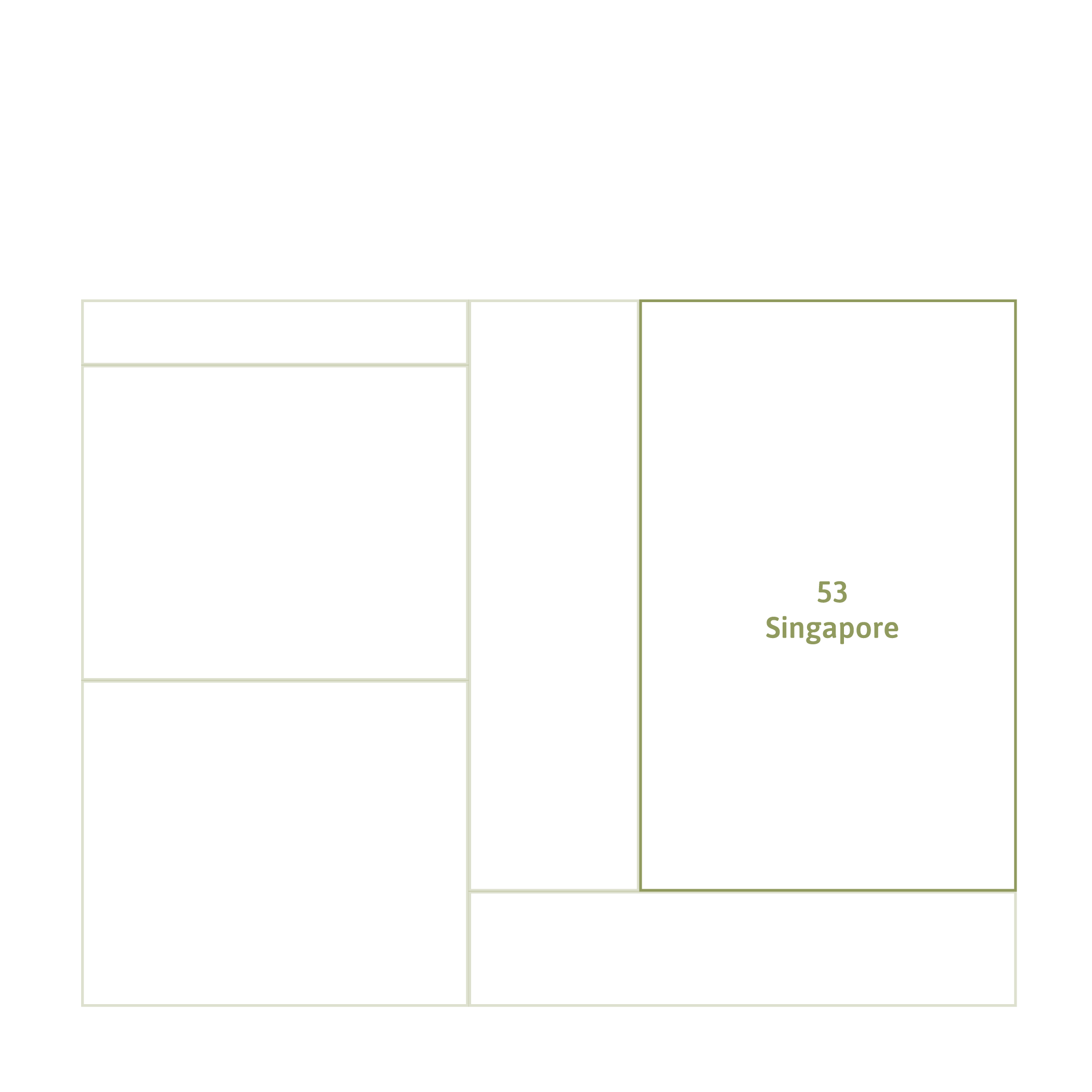
Looking Forward
To monitor Hong Kong’s contribution to the Paris Agreement in overall terms, we have assessed all the indicators explained in this report and the associated Research Report. The study shows us that variations in the physical characteristics of different cities, the partial availability of city-level statistics, and work in progress on the Paris Rulebook present challenges for fair comparisons of adaptation effectiveness.
Nevertheless we can make a preliminary assessment of carbon emission reduction ambition levels, renewable energy targets, energy efficiency initiatives, adaptation plans and the institutional and governance structures that hold climate action together.
In this we conclude that Hong Kong does not compare well with most of the other cities in the study. Greenhouse gas reduction targets lag behind C40 Cities estimates of essential action, and also lack the necessary action plans explaining what measures will achieve these targets. HK scores least well on renewable energy initiatives which have to be a core part of any GHG reduction strategy.
Efficiency measures are fragmented, changeable and partial, and the same can be said about adaptation plans to protect the safety and health of the population and biodiversity. Hong Kong has a mix of institutions working on climate finance, technology and capacity building with differing levels of effectiveness. The government has not attached sufficient importance to establishing a powerful, overarching climate change task force at the highest level. The result is a patchwork of mitigation, adaptation and institutional initiatives on climate change which don’t add up to a coordinated plan with appropriately ambitious targets.
Hong Kong faces no political impediments to more decisive and ground-breaking action on climate change. Beijing voices commitment to climate action as well as building an ecological civilization in China. Exemplary and forward-looking action on the part of Hong Kong to develop a low-carbon city would not only contribute to China’s overall climate aspirations, but could also benefit the rest of the country and the region through the provision of green finance, the transfer of low-carbon technology and the offering of environment management skills and experience.
As a special administrative region of China, Hong Kong is no longer “borrowed space.” But if it does not act more decisively on climate mitigation and adaptation, it will find at great human cost that it exists on a new kind of “borrowed time.”
DOWNLOAD THE REPORT
REFERENCES
This Climate Action Report draws largely on the research, analysis and sources of the longer Paris Watch Research Report. Specific references in the text are cited below.
Figure 1 Source: Greenhouse Gas Emissions and Carbon Intensity in Hong Kong 2018; Government of Singapore 2017 (data.gov.sg); NCSC 2014; KEPCO Sustainability Report 2013-2017; TEPCO 2016.
Figure 2 Source: Hong Kong Energy End-Use Data 2018 (EMSD); Hong Kong Property Review 2018; Government Property Agency Annual Report 2016; Guangzhou Statistical Yearbook 2017; Shenzhen Statistical Yearbook 2017; Government of Singapore 2017 (data.gov.sg); Final Energy Consumption and Greenhouse Gas Emissions in Tokyo 2015 (Tokyo Metropolitan Government 2018); Tokyo Statistic Yearbook 2016.
Figure 3 Source: Hong Kong Energy End-use Data 2018 (EMSD); Guangzhou Statistical Yearbook 2017; Shenzhen Statistical Yearbook 2017; Government of Singapore 2017 (data.gov.sg); Final Energy Consumption and Greenhouse Gas Emissions in Tokyo 2015 (Tokyo Metropolitan Government 2018); Tokyo Statistical Yearbook 2016.
Figure 4 Source: Hong Kong Energy End-use Data 2018 (EMSD); Annual Traffic Census 2017 (Transport Department, HK); Government of Singapore 2017 (data.gov.sg); Tokyo Statistical Yearbook 2016; Final Energy Consumption and Greenhouse Gas Emissions in Tokyo 2015 (Tokyo Metropolitan Government 2018)
Figure 5 Source: Source: Legislative Council Panel on Environmental Affairs. Policy Address Papers from the Environment Bureau 2016 and 2018; Government of Singapore 2017 (data.gov.sg); ICCT
CREDITS
CarbonCare Innolab, Hong Kong
www.ccinnolab.org
Paris Watch Project Team
John Sayer, Project Lead
Dr. María Francesh-Huidobro, Principal Researcher
Dr. Lindsay Mai, Senior Researcher
Alissa Tung, Communications
Johnny Hui, Researcher
Gisele Lu, Research Intern
Senior Advisors
Ir. Albert Lai
Chong Chanyau
Support
This work would not have been possible without the institutional, financial and other support from the following organizations and individuals:
Konrad Adenauer Stiftung - RECAP
RS Group
H.Sohmen
Creative Commons
This work is licensed under the Creative Commons Attribution-Non Commercial 4.0 International License.
© Copyright 2016 - 2019 CarbonCare InnoLab. All Rights Reserved.
